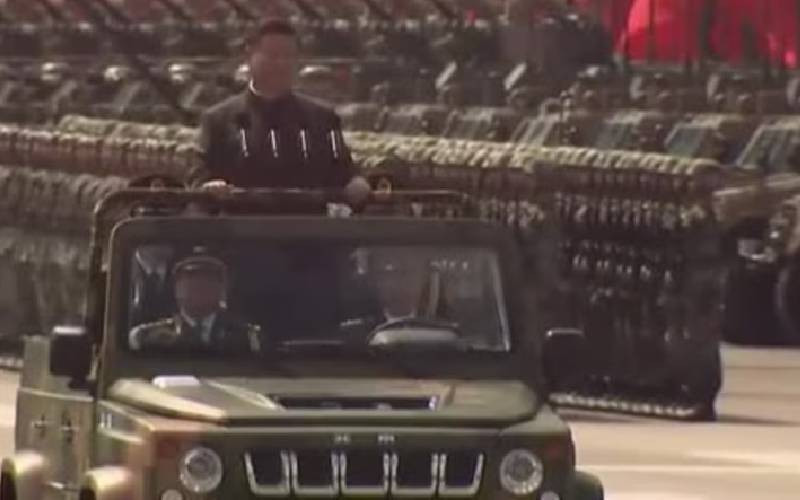While diplomatic efforts to resolve the border dispute that prompted a deadly 2020 clash between China and India make little progress, China and to a lesser extent India are moving ahead with the construction of military infrastructure to reinforce their respective claims.
Satellite imagery spanning a six-month period which ended in April shows a well-established presence on the Chinese side of the loosely defined Line of Actual Control that serves as a de facto border between the countries in the disputed Himalayan region of Aksai Chin.
Where previously only scattered checkpoints and basic military positions had been observed, China now has “expanded roads, outposts, and modern weatherproof camps equipped with amenities such as parking areas, solar panels, and helipads,” according to a Chatham House report.
While India has made efforts to match the Chinese infrastructure buildup, the pace of development on that side has been much slower. Konchok Stanzin, who represents a border constituency on the Ladakh Autonomous Hill Development Council, has called for major development alongside a significant deployment of the Indian army.
“The progress in establishing counter infrastructure remains sluggish, and communication in the border areas is still lacking,” he told VOA in Leh, the largest city in the Indian region of Ladakh which claims Aksai Chin as part of its territory.
That claim is disputed by Beijing, which administers most of the region as part of Tibet and its western Xinjiang province. While largely uninhabitable due to its altitude and arid conditions, it provides a strategically important link between those two regions.
-
.
Keep Reading
-
TSC shocker: Inside new proposals to strip power, transfer roles to ministry
-
Biden warned China’s Xi on West’s investment after Xi-Putin meeting
-
NATO to Seek Concrete Actions on China
-
Former Hong Kong lawmaker says China using ‘terror’ to muzzle dissent overseas
It is also home to the Galwan Valley, where 20 Indian soldiers and at least four Chinese soldiers died in a clash in June 2020. Three years of negotiations since then have led to military disengagement at five friction points but the border dispute is unresolved and the risk of an accidental clash escalating into a crisis between the two nuclear powers is very much present.
India has consistently emphasized that a lasting resolution can only be achieved through disengaging and reducing the number of troops from all remaining friction points.
Michael Kugelman, deputy director of the Asia program and senior associate for South Asia at the Wilson Center, told VOA the Galwan clash sent India-China relations to their lowest level since the 1962 war, and three years later they are still trying to recover.
According to Kugelman, bilateral trade between the countries remains robust and they still cooperate in multilateral settings, but the broader relationship remains deeply strained.
“The Galwan clash also amplified the deepening strategic rivalry playing out between the two, especially with China expanding its influence in India’s broader backyard through infrastructure investments and a deepening Chinese naval presence in the Indian Ocean,” he said.
Following the Galwan clashes, numerous rounds of meetings at the corps commander level were conducted, resulting in a partial withdrawal of forces and the establishment of military buffer zones, effectively preventing further escalation. However, a significant number of troops remain stationed near the border, and the latest round of talks did not yield significant breakthroughs.
India External Affairs Minister S. Jaishankar recently said, “The state of the border will determine the state of the relationship [between India and China] and the state of the border today is still abnormal.”
Experts see little likelihood of an early improvement in Sino-Indian relations, especially after Prime Minister Narendra Modi’s state visit last month to Washington, where he and U.S. President Joe Biden sealed agreements on defense, technology and military matters.
“I do not foresee relations normalizing between India & China as long as Modi remains in office,” said Pravin Sawhney, a former Indian army officer, defense expert and author. “The India-U.S. deals have been possible since both Delhi & Washington assess China as their common threat, at regional and global level respectively,” he wrote in a text message to VOA.
Kugelman pointed out that the India-China relationship isn’t openly hostile like that between India and Pakistan but said there are fundamental divergences that will be difficult to reconcile.
“Ultimately, everything comes down to the border dispute. Until and unless that’s addressed, it will be difficult to muster the goodwill and trust to improve other aspects of the relationship,” he said.





